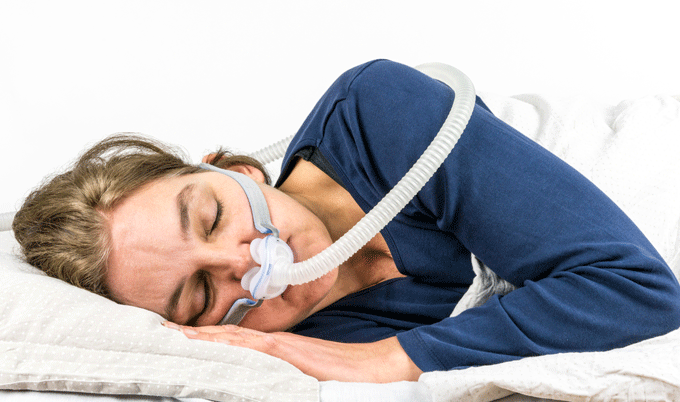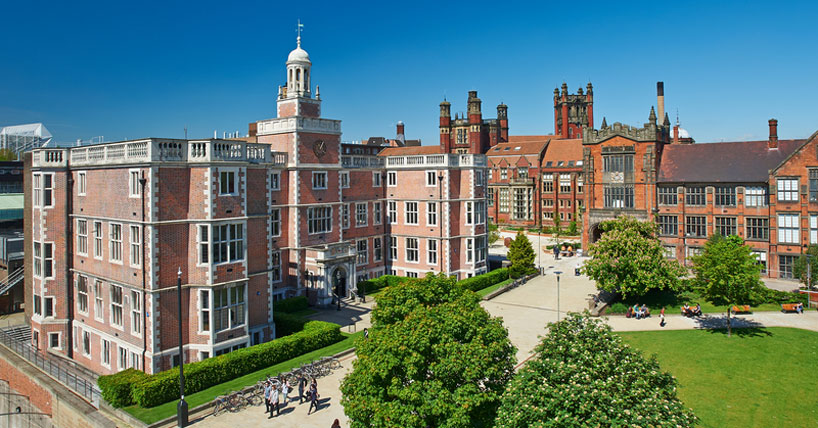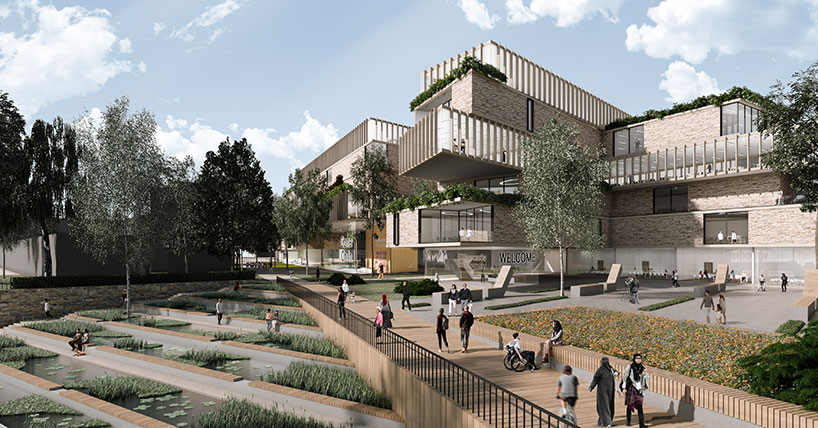Targeted therapy for MD sleep disorders
Targeted therapy for sleep disorders helps MD patients
Published on: 22 January 2017
Patients with muscular dystrophy should be classified into three sleep disturbance types to better target therapies, Newcastle researchers have found.
Myotonic dystrophy type 1 (DM1) is the most common adult muscular dystrophy, and many patients with DM1 suffer from various sleep and respiratory disorders. In a study in the current issue of the Journal of Neuromuscular Diseases, Newcastle researchers found that because there is wide range of sleep problems, treatments do not fit a “one size fits all” model.
Lead investigator Dr Sophie West is a lecturer at Newcastle University and works in the Sleep Service, Newcastle upon Tyne Hospitals NHS Foundation Trust. She said: “Excessive daytime sleepiness is a common problem for people with myotonic dystrophy, affecting between 33% and 80% of patients. Other contributing causes can be attributed to poor sleep patterns, obstructive sleep apnea, respiratory failure, periodic limb movements during sleep, or narcolepsy features.”

Sleep assessments
From May 2011 until May 2015, all patients with DM1, who exhibited symptoms of daytime sleepiness at their annual review at the John Walton Muscular Dystrophy Research Centre were referred for overnight sleep assessment. For 120 people with DM1, the researchers found that 18% had obstructive sleep apnea (OSA), 27% had respiratory failure, and 30% had intrinsic sleepiness according to the Epworth Sleepiness Score (ESS).
Patients were divided into four groups, those with OSA, those with daytime respiratory failure, those with ESS, and a control group with no sleep-related symptoms. Treatments were matched to the observed symptoms, which included continuous positive airway pressure for obstructive sleep apnea, non-invasive ventilation for respiratory failure, and modafinil for excessive daytime sleepiness.
Overall, only 29% of patients studied benefited from the therapies and continued them. This result is lower than would be expected in other patient groups. It suggests that further research studies are needed to help determine which DM1 patients are likely to benefit most from targeted therapy and the most effective ways to deliver these therapies to them.
Targeted therapies
Based on these results, the investigators recommend a standard classification of DM1 patients into three sleep disturbance types to better target therapies. For patients with high ESS, but no restless leg syndrome or sedative use, modafinil is indicated. For obstructive sleep apnea with no daytime respiratory failure, continuous positive airway pressure should be tried. For those with daytime respiratory failure and an abnormal sleep study, non-invasive ventilation is recommended.
Dr. West commented: “This is valuable data for those people in the myotonic dystrophy community with excessive sleepiness, to support them in having detailed sleep tests and targeted individualized therapies, hopefully to improve their symptoms.”
Myotonic dystrophy is a heterogeneous disorder, with varying degrees of sleepiness, muscular, and respiratory impairment. This type of MD that can develop at any age; life expectancy isn't always affected, but people with a severe form of myotonic dystrophy may have shortened lives.
Reference: Sleepiness and sleep-related breathing disorders in myotonic dystrophy and responses to treatment: a prospective cohort study. West et al. Journal of Neuromuscular Diseases.



